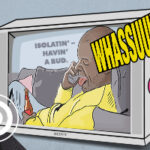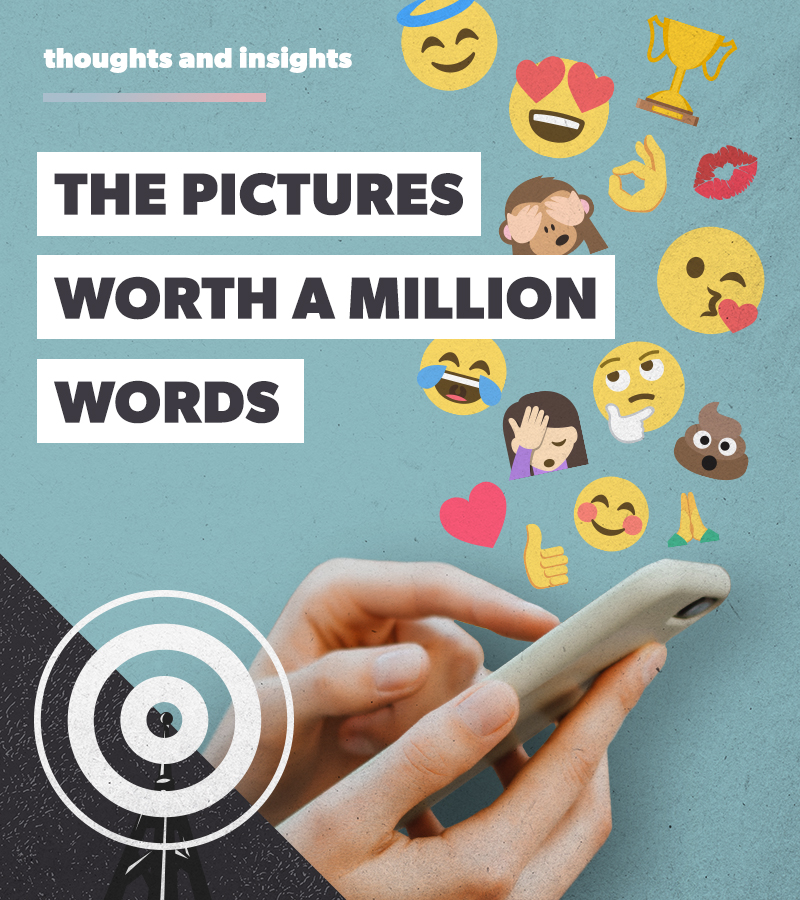
2022’s biggest trend: taking consumers back in time


Evolving from the simple combination of a colon and a pair of brackets, emojis have become essential to the way we communicate – so much so, they even have their own day. Ahead of World Emoji Day this Sunday, we take a closer look at the growth of this unique language and discover why they’re so valuable to brand storytelling.
https://www.shoot-the-moon.co.uk/blog/so-much-more-than-smileys-making-emojis-work-for-your-brand/The emoji era
Japanese designer Shigeta Kurita invented the very first set of emojis in 1999 while working for Telecom giant DoCoMo. More than an emoticon (the representation of facial expressions using keyboard characters), these early icons were intended to make communication easier within the company’s mobile internet system, which offered emails restricted to 250 characters. Over the next decade, they were adopted by many other similar companies in Japan. But it was in 2010’s inclusion of emojis in Unicode that started the global explosion. This system governs software coding of text, and later that year, 722 emojis were released across iPhone and Android.
12 years on, there are now over 3,300 on the Unicode standard list – with this number constantly growing to add new images and make them representative of all skin tones, genders, hair colours and more. Most importantly, usage is it at its highest. 1 in 5 Tweets features an emoji – with the platform recording the highest rates of emojis-per-tweet since records began. On Facebook, 5 billion are sent each day via messenger, and 700 million used in posts. And all this is before you even consider email, Whatsapp and all the other social platforms. But these icons aren’t just being sent between friends. Brands are incorporating them into messaging across social, email and mobile – and not just because they look pretty. Emojis are so valuable to brands because they deliver in three distinct ways.
Humanising the company 👨🏻🦰
As well as adding a sense of fun and personality to a brand message, they reflect the ways we communicate with our friends and family – making the business seem all the more relatable.
Adding real emotion 😢
A picture does what words can’t – and adding an emoji introduces much more feeling than you could with mere punctation. The three most popular emojis used on Twitter are 😂, ❤️ and 😭, which all clearly indicate emotion in a way that would be hard to replicate with text.
Boosting engagement ⬆️
Using emojis is proven to spark action from a user:
25% increase in engagement on Twitter
(Wordstream)
33% increase in shares and 57% increase in interactions on Facebook
(Hubspot)
85% more opens and 9% more conversions in push notifications
(LeanPlum)
25% boost to email open and response rates when used in a subject line
(Return Path)
[Compared to text alone]
These stats are hard to ignore, and similar increases in response are seen across all digital channels. As well as the humanising, emotive effects, they also work to break up the text and catch the eye in a world of endless scrolling, which is particularly valuable for millennials. 4 out of 10 people in this generation would rather engage with pictures than read (New York Times), so it’s a far more effective way of grabbing their attention.
Making emojis work for you
Given their success, it’s clear why brands everywhere are embracing the emoji. As well as standard inclusion in social posts or emails, we’ve seen brands like Taco Bell petition to have a taco added to the list; Nascar create stunning emoji artwork of famous drivers, and Dominos set up a messaging service that allows you to order by sending a single pizza slice. But before brands open up the emoji keyboard, they should always consider the following:
Make sure your emojis fit with the overall tone of your communications. Sounds obvious, but it’s an important thing to consider given their informal nature. For companies working in sectors such as Finance or Law, they may not be the best choice, even with their proven results.
Consider the platform – and start with social. Social media is the prime place for emoji use, with Facebook and LinkedIn even inventing their own emoji system to encourage engagement. This makes it the perfect platform to introduce them, before moving to email headers or even service channels like chatbots.
Use to enhance, not replace words. Unless you’re using emojis to create puzzle or game (which can be great for engagement), they should always complement a message rather than take over.
Don’t overdo it. As well as causing confusion, overusing emojis can look too forced or try hard. 59% of 18-34 year olds say businesses are taking their emoji use too far, so pare back when you can.
Get the meaning right. Emojis are even easier to misinterpret than words, especially when you consider visual slang meanings too. Check a message on other people to make sure it’s clear what it means and avoid falling into any awkward aubergine or peach confusion. 🍆 🍑😳
By bearing these top tips in mind, almost every brand can inject emotion and personality into their message – and boost engagement in the process. So the only thing left to say is…

When you visit us in Manchester
We have free parking available on site (M4 6AX) but, spaces are limited. Day parking is also available on Goulden Street just round the corner.
When you visit us in Leeds
If you’re visiting us in Leeds we’re based at Mabgate Mills (LS9 7DZ) and there are plenty of parking options nearby.
Day parking is available nearby with free on street parking available for 4 hours on Cherry Row and reasonably priced parking on Macaulay Street and Mabgate via an app called ‘Park Mobile’.